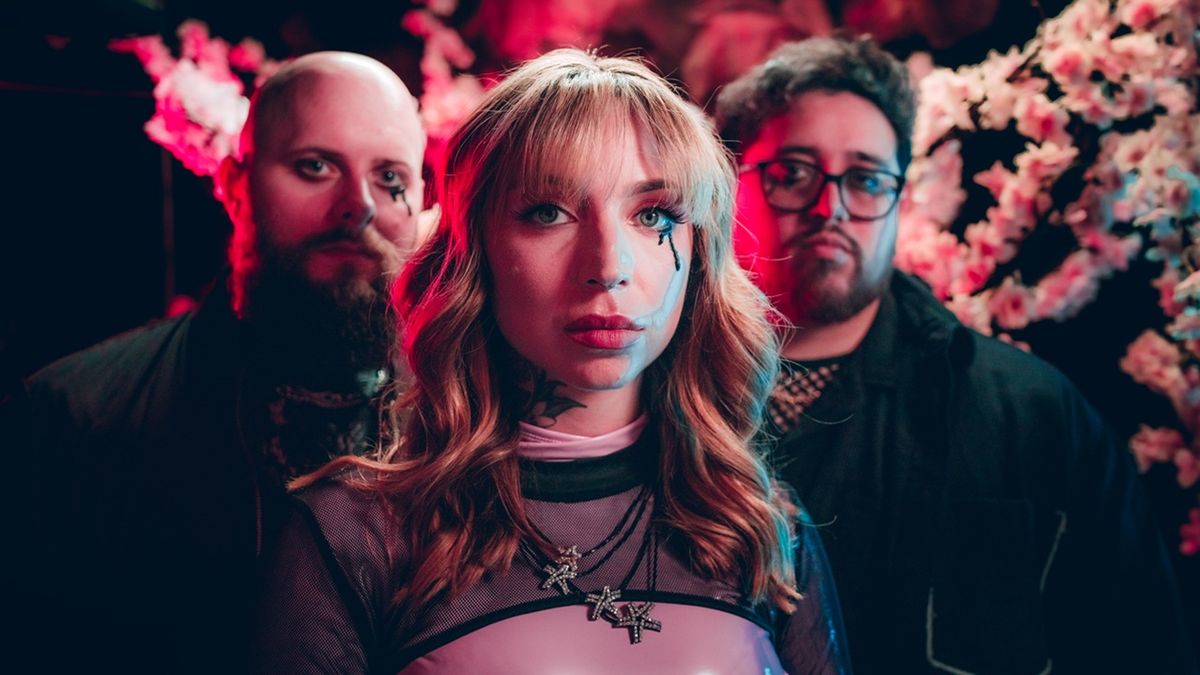
Feature Photo: Joe Bielawa from MInneapolis, USA, CC BY 2.0
Mötley Crüe ignited the Los Angeles rock scene in early 1981, creating a perfect storm of heavy metal, glam aesthetics, and notorious behavior. The quartet took shape when Nikki Sixx departed his previous project and connected with Tommy Lee, quickly recruiting guitarist Mick Mars through a newspaper ad and completing the lineup with vocalist Vince Neil. Their chemistry was immediate and undeniable, setting the stage for what would become one of rock’s most identifiable and influential acts.
Their sonic assault began with “Too Fast for Love,” independently released on their self-created Leathür Records before Elektra Records signed them and reissued the album. The follow-up “Shout at the Devil” showcased their signature blend of thunderous rhythms, guitar heroics, and anthemic choruses, establishing them as frontrunners in the burgeoning Sunset Strip scene. Their visual presentation proved equally striking—teased hair, elaborate makeup, studded leather, and provocative stage antics created a multimedia spectacle that transformed concerts into events and made them MTV darlings.
The Crüe’s discography spans nine studio albums over three decades: “Too Fast for Love” (1981), “Shout at the Devil” (1983), “Theatre of Pain” (1985), “Girls, Girls, Girls” (1987), “Dr. Feelgood” (1989), “Mötley Crüe” (1994), “Generation Swine” (1997), “New Tattoo” (2000), and “Saints of Los Angeles” (2008). Their commercial peak arrived with “Dr. Feelgood,” their only Billboard 200 chart-topper, produced by Bob Rock and certified six times platinum. Their radio dominance included unforgettable singles like “Kickstart My Heart,” “Home Sweet Home” (which revolutionized the power ballad format), “Wild Side,” and “Live Wire”—tracks that helped them achieve worldwide album sales exceeding 100 million units.
The band’s trajectory featured as many valleys as peaks. Substance abuse nearly derailed them numerous times, while Neil’s 1984 car accident resulted in the death of Hanoi Rocks drummer Razzle and a vehicular manslaughter conviction. The classic lineup fractured when Neil departed in 1992, with John Corabi stepping in for their experimental self-titled 1994 album. Though the original quartet eventually reunited, additional challenges followed: Tommy Lee’s temporary exit, Mick Mars’ health struggles with ankylosing spondylitis, and a supposed “final tour” that concluded in 2015 (before an eventual comeback). These dramatic chapters fueled their mythology and informed their raw, autobiographical songwriting.
Beyond music, Mötley Crüe demonstrated remarkable business innovation. Their unprecedented acquisition of their master recordings from Elektra Records gave them complete ownership of their catalog decades before this became standard practice. Their unflinchingly candid 2001 autobiography “The Dirt” achieved New York Times bestseller status before becoming a Netflix film in 2019. Individual members expanded into diverse territories—Sixx as author and radio personality, Lee exploring electronic music and reality television, Neil in hospitality ventures, and Mars remaining a revered guitar architect despite physical limitations.
Mötley Crüe embodied rock’s transformative power through sheer determination and unapologetic authenticity. Though never embraced by Grammy voters, their cultural impact transcends conventional accolades. The Hollywood Walk of Fame star recipients (2006) remain among MTV’s highest-ranked metal acts, with a multi-generational fanbase that continues growing. Their compositions—simultaneously aggressive yet melodically sophisticated—created the template for countless followers, while their legendary excesses set an impossible standard for rock rebellion. Four decades after formation, their sonic blueprint remains instantly recognizable and perpetually influential, cementing their legacy as essential architects of hard rock’s evolution.
Complete List Of Mötley Crüe Songs From A to Z
- 1st Band on the Moon – New Tattoo – 2000
- Afraid – Generation Swine – 1997
- All in the Name of… – Girls, Girls, Girls – 1987
- The Animal in Me – Saints of Los Angeles – 2008
- Anybody Out There? – Generation Swine – 1997
- Babykills – Mötley Crüe – 1994
- Bad Boy Boogie – Girls, Girls, Girls – 1987
- Bastard – Shout at the Devil – 1983
- Beauty – Generation Swine – 1997
- Brandon – Generation Swine – 1997
- Chicks = Trouble – Saints of Los Angeles – 2008
- City Boy Blues – Theatre of Pain – 1985
- Come On and Dance – Too Fast for Love – 1981
- Confessions – Generation Swine – 1997
- Dancing on Glass – Girls, Girls, Girls – 1987
- Danger – Shout at the Devil – 1983
- Don’t Go Away Mad (Just Go Away) – Dr. Feelgood – 1989
- Down at the Whisky – Saints of Los Angeles – 2008
- Dr. Feelgood – Dr. Feelgood – 1989
- Dragstrip Superstar – New Tattoo – 2000
- Driftaway – Mötley Crüe – 1994
- Droppin’ Like Flies – Mötley Crüe – 1994
- Face Down in the Dirt – Saints of Los Angeles – 2008
- Fake – New Tattoo – 2000
- Fight for Your Rights – Theatre of Pain – 1985
- Find Myself – Generation Swine – 1997
- Five Years Dead – Girls, Girls, Girls – 1987
- Flush – Generation Swine – 1997
- Generation Swine – Generation Swine – 1997
- Girls, Girls, Girls – Girls, Girls, Girls – 1987
- Glitter – Generation Swine – 1997
- God Bless the Children of the Beast – Shout at the Devil – 1983
- Goin’ Out Swingin’ – Saints of Los Angeles – 2008
- Hammered – Mötley Crüe – 1994
- Hell on High Heels – New Tattoo – 2000
- Helter Skelter – Shout at the Devil – 1983
- Hollywood Ending – New Tattoo – 2000
- Home Sweet Home – Theatre of Pain – 1985
- Hooligan’s Holiday – Mötley Crüe – 1994
- Hypnotized – Mötley Crüe – 1994
- In the Beginning – Shout at the Devil – 1983
- Jailhouse Rock – Girls, Girls, Girls – 1987
- Just Another Psycho – Saints of Los Angeles – 2008
- Keep Your Eye on the Money – Theatre of Pain – 1985
- Kickstart My Heart – Dr. Feelgood – 1989
- Kiss the Sky – Generation Swine – 1997
- Knock ‘Em Dead, Kid – Shout at the Devil – 1983
- L.A.M.F. – Saints of Los Angeles – 2008
- Let Us Prey – Generation Swine – 1997
- Live Wire – Too Fast for Love – 1981
- Livin’ in the No – Mötley Crüe – 1994
- Looks That Kill – Shout at the Devil – 1983
- Louder Than Hell – Theatre of Pain – 1985
- Loveshine – Mötley Crüe – 1994
- Merry-Go-Round – Too Fast for Love – 1981
- Misunderstood – Mötley Crüe – 1994
- Mutherfucker of the Year – Saints of Los Angeles – 2008
- New Tattoo – New Tattoo – 2000
- Nona – Girls, Girls, Girls – 1987
- On with the Show – Too Fast for Love – 1981
- Piece of Your Action – Too Fast for Love – 1981
- Poison Apples – Mötley Crüe – 1994
- Porno Star – New Tattoo – 2000
- Power to the Music – Mötley Crüe – 1994
- Public Enemy #1 – Too Fast for Love – 1981
- Punched in the Teeth by Love – New Tattoo – 2000
- Raise Your Hands to Rock – Theatre of Pain – 1985
- A Rat Like Me – Generation Swine – 1997
- Rattlesnake Shake – Dr. Feelgood – 1989
- Red Hot – Shout at the Devil – 1983
- Rocketship – Generation Swine – 1997
- Rodeo – Girls, Girls, Girls – 1987
- Saints of Los Angeles – Saints of Los Angeles – 2008
- Same Ol’ Situation (S.O.S.) – Dr. Feelgood – 1989
- Save Our Souls – Theatre of Pain – 1985
- She Goes Down – Dr. Feelgood – 1989
- She Needs Rock & Roll – New Tattoo – 2000
- Shout at the Devil – Shout at the Devil – 1983
- Shout at the Devil ’97 – Generation Swine – 1997
- Slice of Your Pie – Dr. Feelgood – 1989
- Smoke the Sky – Mötley Crüe – 1994
- Smokin’ in the Boys Room – Theatre of Pain – 1985
- Song to Slit Your Wrist By – Generation Swine – 1997
- Starry Eyes – Too Fast for Love – 1981
- Stick to Your Guns – Too Fast for Love – 1981
- Sticky Sweet – Dr. Feelgood – 1989
- Sumthin’ for Nuthin’ – Girls, Girls, Girls – 1987
- T.n.T. (Terror ‘n Tinseltown) – Dr. Feelgood – 1989
- Take Me to the Top – Too Fast for Love – 1981
- Ten Seconds to Love – Shout at the Devil – 1983
- This Ain’t a Love Song – Saints of Los Angeles – 2008
- Til Death Do Us Part – Mötley Crüe – 1994
- Time for Change – Dr. Feelgood – 1989
- Timebomb – New Tattoo – 2000
- Toast of the Town – Too Fast for Love – 1981
- Tonight – Too Fast for Love – 1981
- Tonight (We Need a Lover) – Theatre of Pain – 1985
- Too Fast for Love – Too Fast for Love – 1981
- Too Young to Fall in Love – Shout at the Devil – 1983
- Treat Me Like the Dog I Am – New Tattoo – 2000
- Uncle Jack – Mötley Crüe – 1994
- Use It or Lose It – Theatre of Pain – 1985
- Welcome to the Machine – Saints of Los Angeles – 2008
- Welcome to the Numb – Mötley Crüe – 1994
- What’s It Gonna Take – Saints of Los Angeles – 2008
- White Punks on Dope – New Tattoo – 2000
- White Trash Circus – Saints of Los Angeles – 2008
- Wild Side – Girls, Girls, Girls – 1987
- Without You – Dr. Feelgood – 1989
- Wreck Me – Generation Swine – 1997
- You’re All I Need – Girls, Girls, Girls – 1987
Albums
Too Fast for Love (1981): 12 songs
Shout at the Devil (1983): 11 songs
Theatre of Pain (1985): 10 songs
Girls, Girls, Girls (1987): 11 songs
Dr. Feelgood (1989): 11 songs
Mötley Crüe (1994): 15 songs
Generation Swine (1997): 16 songs
New Tattoo (2000): 12 songs
Saints of Los Angeles (2008): 13 songs
Check out our fantastic and entertaining Mötley Crüe articles, detailing in-depth the band’s albums, songs, band members, and more…all on ClassicRockHistory.com
Complete List Of Mötley Crüe Band Members
Top 10 Mötley Crüe Songs
Complete List Of Mötley Crüe Albums And Discography
Read More: Artists’ Interviews Directory At ClassicRockHistory.com
Read More: Classic Rock Bands List And Directory
Complete List Of Mötley Crüe Songs From A to Z article published on ClassicRockHistory.com© 2025

About The Author
Brian Kachejian
Brian Kachejian was born in Manhattan and raised in the Bronx. He is the founder and Editor in Chief of ClassicRockHistory.com. He has spent thirty years in the music business often working with many of the people who have appeared on this site. Brian Kachejian also holds B.A. and M.A. degrees from Stony Brook University along with New York State Public School Education Certifications in Music and Social Studies. Brian Kachejian is also an active member of the New York Press.







![Generation Swine [Explicit]](https://m.media-amazon.com/images/I/51MmLXd3M6L._SL500_.jpg)


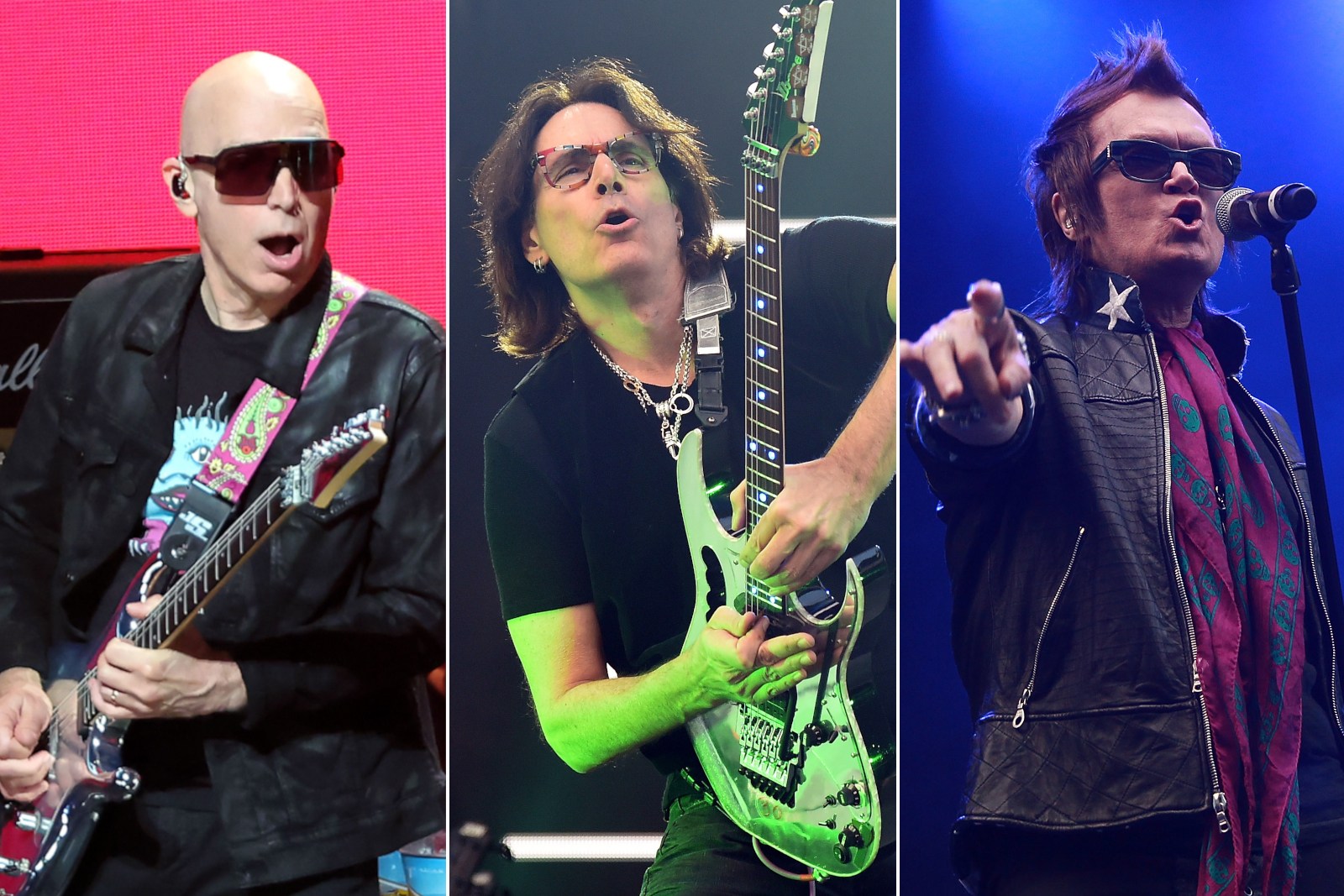








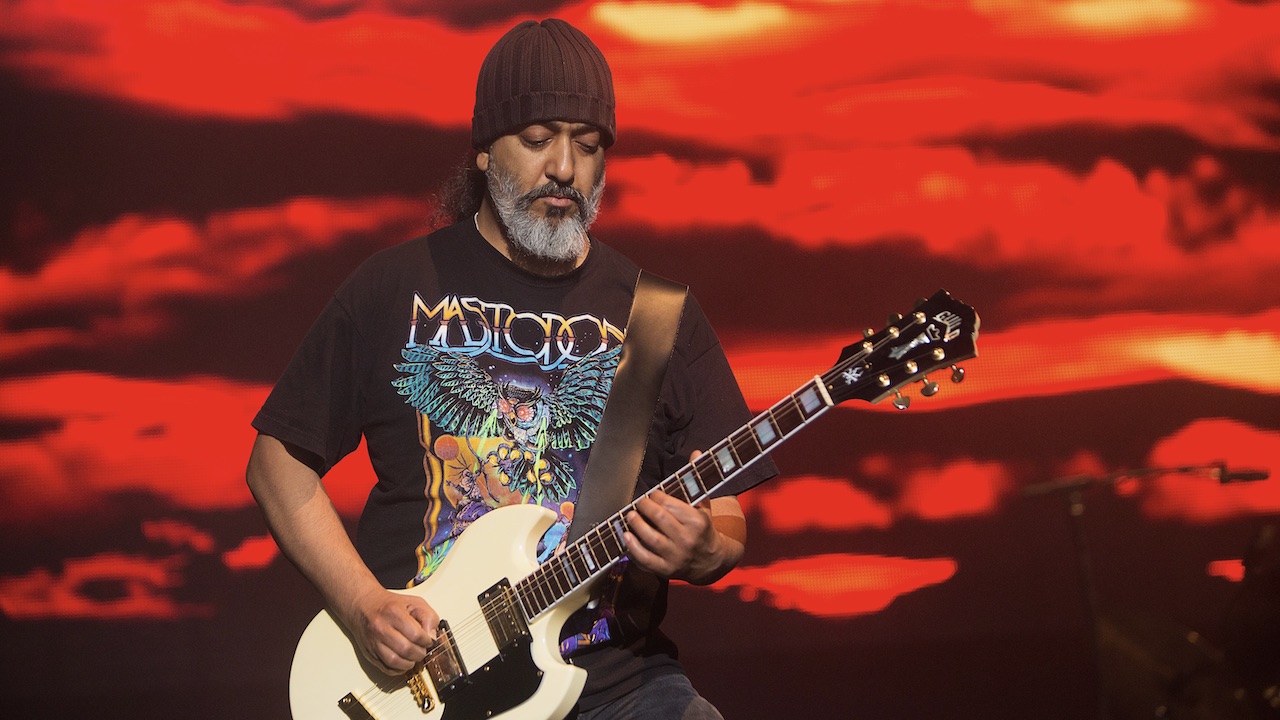
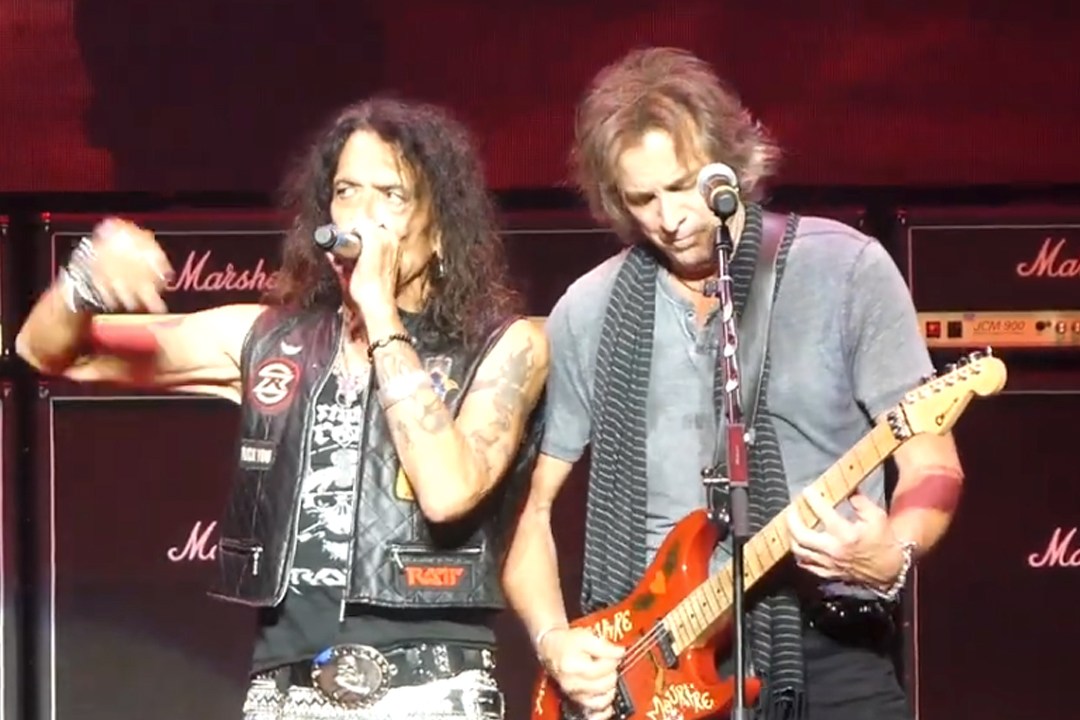

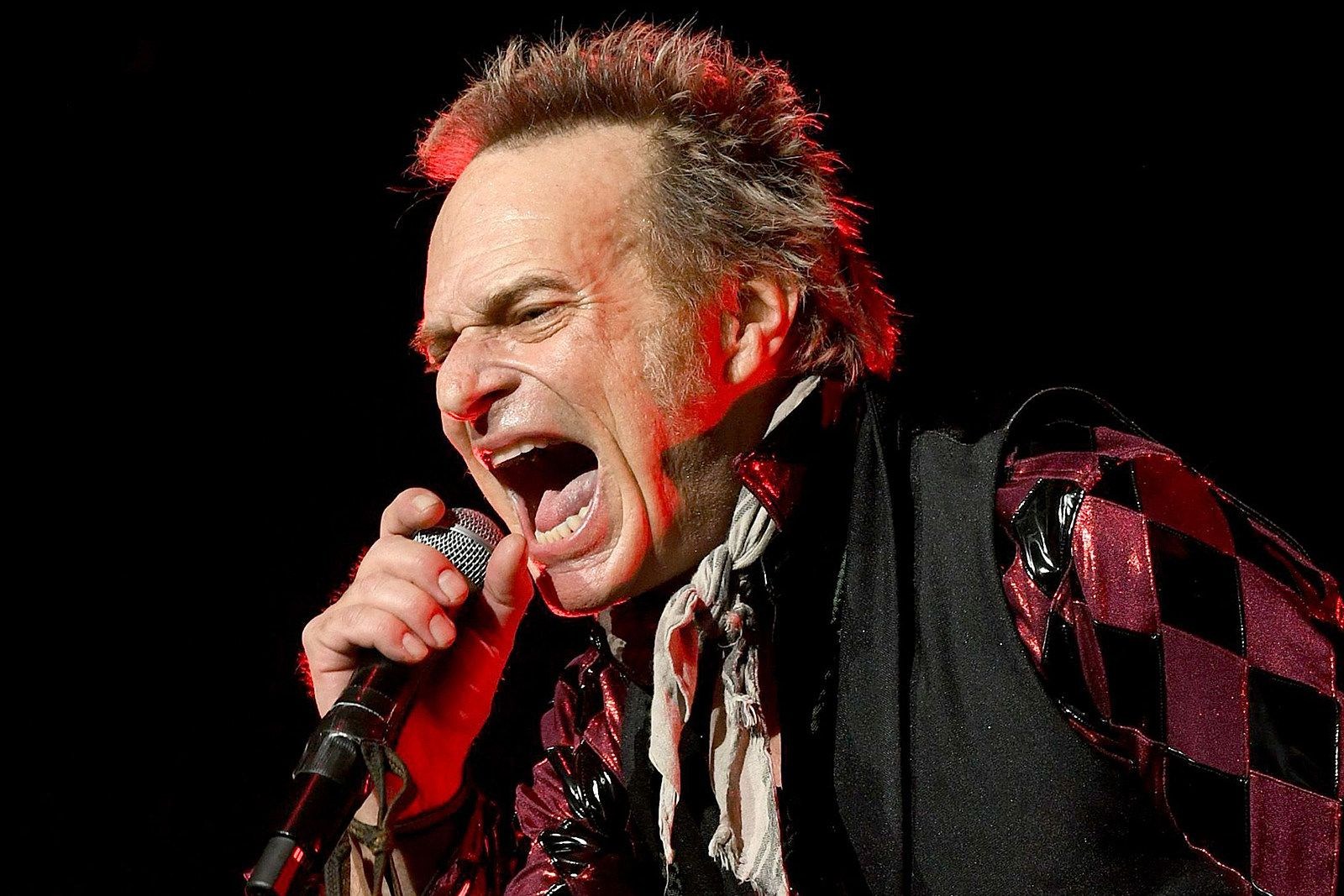

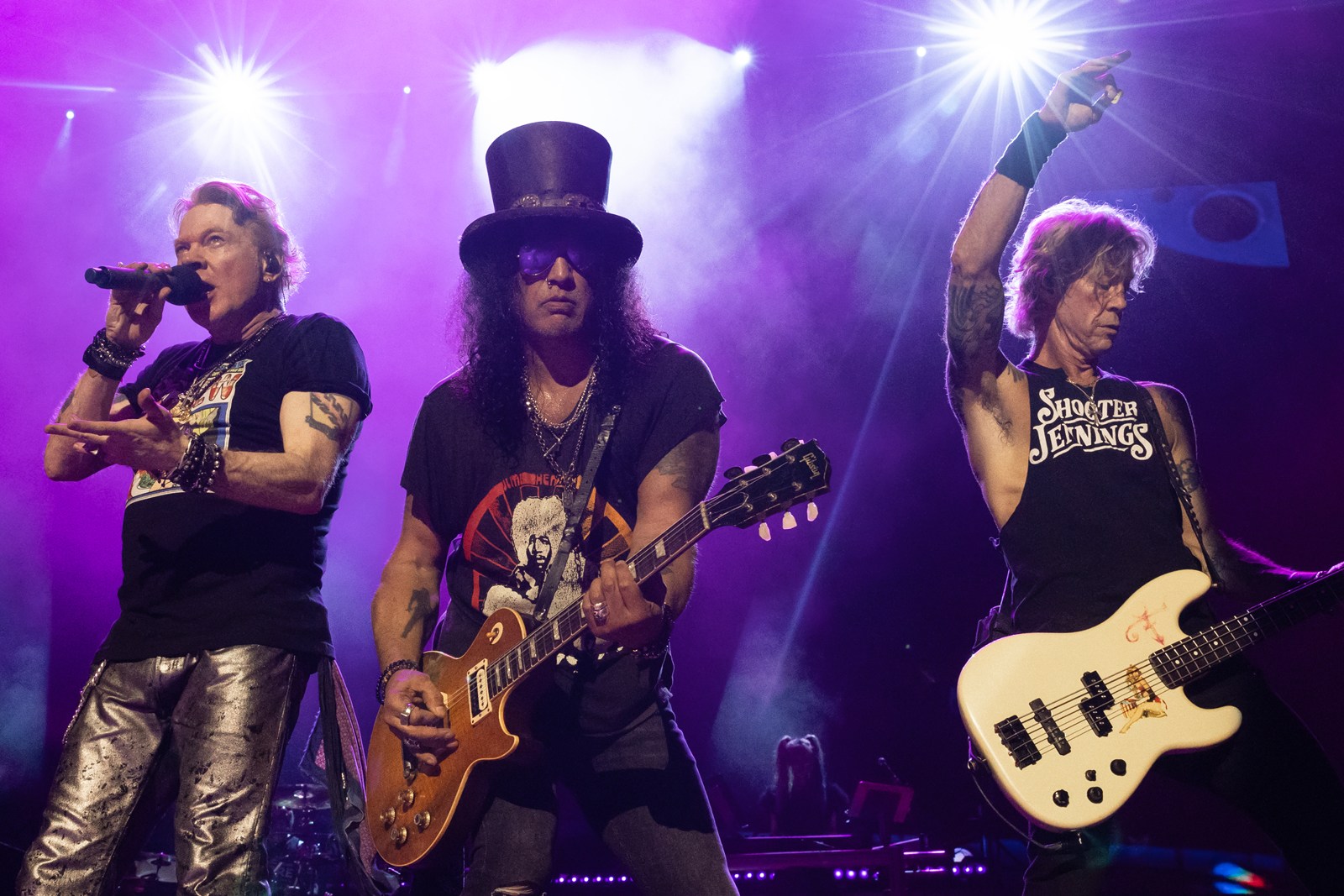




![Days Of Future Passed [2 CD/DVD Audio][50th Anniversary Deluxe](https://m.media-amazon.com/images/I/61TVY1ud1oL._SL500_.jpg)














